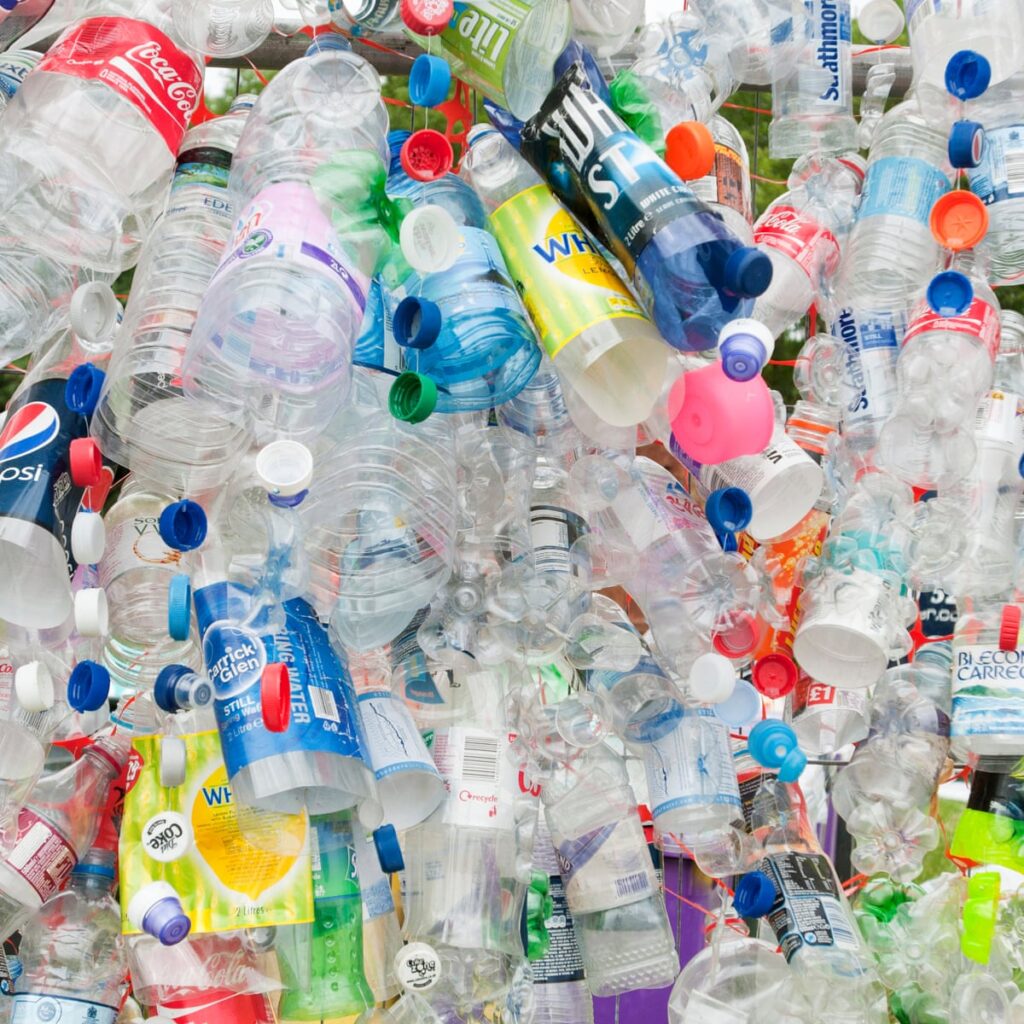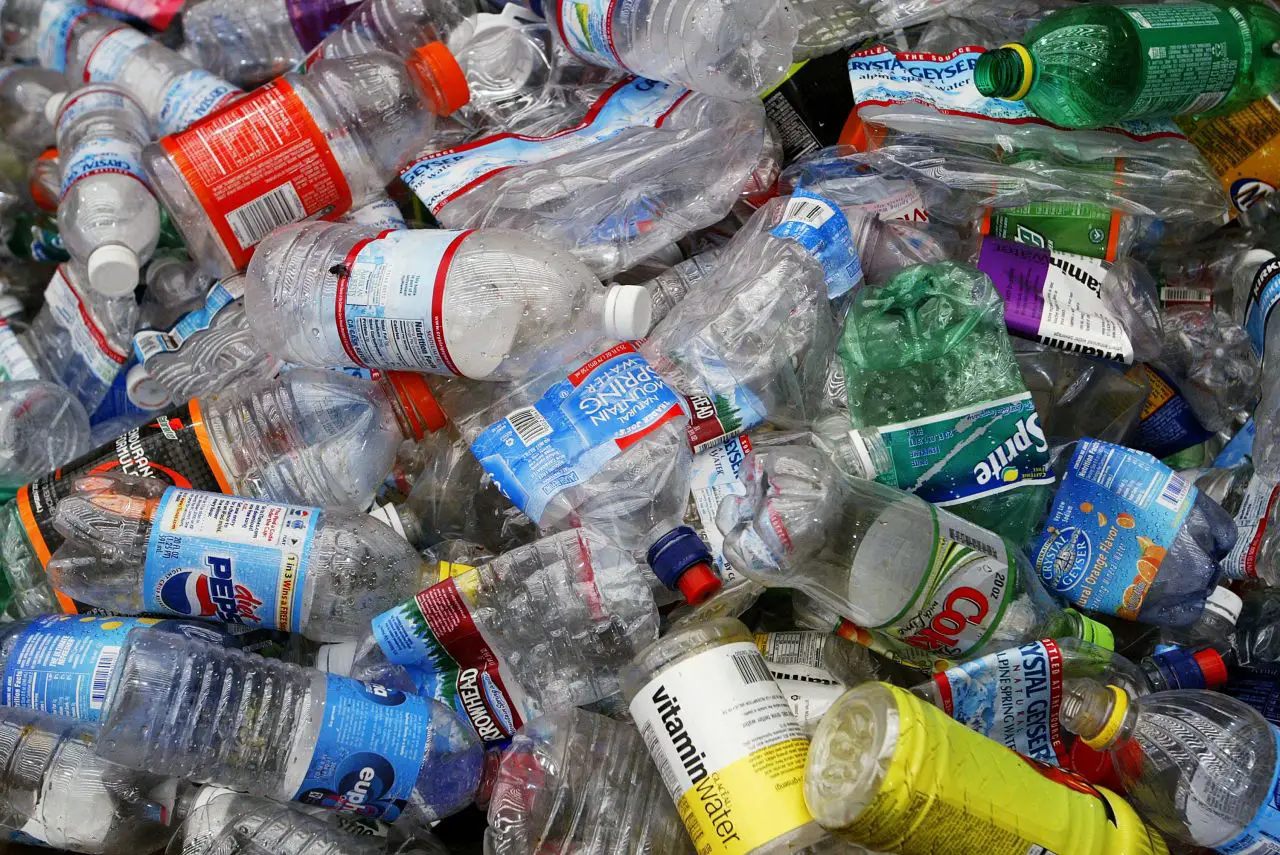If you searching for the different ways on how to repurpose plastic bottles then this article is for you. Plastic bottles are one of the most common forms of plastic waste found in our oceans and landfills. Fortunately, there are many ways to repurpose plastic bottles and give them a new life. In this article, we will discuss some creative ways to repurpose plastic bottles and also address some common questions related to plastic recycling and pollution.
According to the Environmental Protection Agency, only 8.7% of plastic waste generated in the United States was recycled in 2018. This means that the majority of plastic waste is either incinerated or ends up in landfills and oceans. To combat this issue, we need to reduce our consumption of single-use plastics and repurpose the plastic waste we generate.
Ways and How to Repurpose Plastic Bottles

One of the simplest ways to repurpose plastic bottles is by turning them into planters. All you need to do is cut off the top of the bottle and make a few holes in the bottom for drainage. Then, add soil and your favorite plant. This is a great way to add greenery to your home or office while also reducing plastic waste.
Another creative way to repurpose plastic bottles is by turning them into bird feeders. Cut out a section of the bottle, add birdseed, and hang it up in your backyard. This is a fun DIY project that can also help support local bird populations.
If you’re feeling more adventurous, you can repurpose plastic bottles to create a vertical garden. This involves attaching multiple bottles to a wooden frame and filling them with soil and plants. This is a great way to maximize your gardening space while also reducing plastic waste.
What percentage of plastics are recycled? When it comes to plastic recycling, it’s important to note that not all plastic can be recycled. Plastic forks, for example, are not typically recyclable due to their size and shape. However, many recycling facilities will accept plastic containers, bottles, and bags. It’s always a good idea to check with your local recycling facility to see what items they accept.
Despite our best efforts to recycle, plastic pollution remains a significant issue. According to National Geographic, over 8 million metric tons of plastic end up in our oceans every year. This has devastating effects on marine life and ecosystems.
One potential solution to plastic pollution is a type of caterpillar called the wax worm. Researchers have discovered that wax worms can actually eat and break down plastic. This could potentially be a game-changer in the fight against plastic pollution.
There are many ways to repurpose plastic bottles and give them a new life. From planters to bird feeders to vertical gardens, the possibilities are endless. It’s also important to remember that reducing our consumption of single-use plastics is key to reducing plastic pollution. And while recycling is important, we still have a long way to go to solve this issue.
Read Also: Products That Can Be Derived from Human Waste
One of the most significant challenges in reducing plastic waste is changing consumer behavior. We have become so accustomed to using single-use plastic items like straws, water bottles, and bags that it can be difficult to imagine life without them.
However, small changes can make a big difference. For example, bringing reusable bags to the grocery store, using a refillable water bottle, and bringing your own coffee cup to the cafe can significantly reduce your plastic footprint.
Another way to combat plastic waste is by supporting companies and brands that prioritize sustainability. Many companies are making strides in reducing their plastic usage and implementing environmentally-friendly practices. By supporting these companies, you are not only reducing your personal plastic usage but also sending a message that sustainability is important.
It’s also essential to remember that plastic pollution disproportionately affects marginalized communities. In many cases, these communities lack access to proper waste management and recycling facilities, leading to even higher levels of pollution.
By advocating for equitable access to waste management and supporting initiatives that prioritize environmental justice, we can work towards a more just and sustainable future.
It’s worth mentioning that while repurposing plastic is a valuable way to reduce waste, it’s not a silver bullet solution. The best way to reduce plastic pollution is by reducing our consumption of single-use plastics altogether.
This can be challenging, but it’s important to remember that every small action adds up to make a difference. By making conscious choices about our plastic usage and advocating for systemic change, we can work towards a cleaner and healthier planet for all.
Another way to repurpose plastic bottles is by creating eco-bricks. Eco-bricks are made by filling a plastic bottle with plastic waste, such as wrappers and packaging, until it is tightly packed. These eco-bricks can be used as building blocks for furniture, walls, and even entire houses. This is a creative solution that not only repurposes plastic waste but also offers an affordable and sustainable building material.
It’s important to recognize that the issue of plastic pollution is a global one. Plastic waste can travel thousands of miles through waterways and ocean currents, polluting even the most remote and pristine areas of the planet.
To address this, international cooperation and collective action are needed. Governments, corporations, and individuals all have a role to play in reducing plastic waste and working towards a sustainable future.
In addition to the wax worm, scientists are exploring other solutions to plastic pollution, such as biodegradable plastics and plastic-eating enzymes. These innovations have the potential to revolutionize the way we produce and dispose of plastic, but they are still in the early stages of development. In the meantime, it’s important to continue reducing our plastic usage and finding creative ways to repurpose the plastic waste we generate.
Read Also: Guidelines For Making a windmill
It’s worth noting that while plastic pollution is a significant environmental issue, it is not the only one. Climate change, deforestation, and biodiversity loss are all interconnected issues that require urgent attention. By addressing these issues holistically and working towards a more sustainable and equitable world, we can create a healthier and more resilient planet for generations to come.
It’s important to acknowledge that the process of recycling plastic is not perfect. While recycling can help reduce the amount of plastic waste sent to landfills or oceans, it’s not a complete solution.
According to the Environmental Protection Agency, only about 9% of plastic waste generated in the United States is actually recycled. This highlights the need for reducing plastic usage and finding alternative solutions, rather than relying solely on recycling.
Plastic pollution graphs demonstrate the alarming increase of plastic waste in our environment. These graphs show that plastic pollution is a growing problem and one that requires urgent action. It’s important to understand the severity of the issue and use this information to motivate us to take action.
Can you recycle plastic forks? As for recycling plastic forks, the answer is yes and no. Plastic forks can be recycled, but only if they are made from recyclable plastic, such as polypropylene (PP) or polystyrene (PS).
However, many plastic forks are made from a type of plastic called polyethylene terephthalate (PET), which is not recyclable. It’s important to check the recycling guidelines in your area to determine whether plastic forks can be recycled.
Repurposing plastic bottles is a creative and practical way to reduce plastic waste. However, it’s important to remember that repurposing alone is not enough to solve the issue of plastic pollution. It’s essential to reduce our plastic usage and support sustainable initiatives that prioritize the environment and the health of our planet.
By working together and taking collective action, we can create a cleaner, healthier, and more sustainable future for all. The wax worm is a fascinating bug that eats plastic, and it has the potential to help solve the world’s plastic pollution problem.
Read Also: Take a Break with These Delicious and Nutritious Recess Drinks

